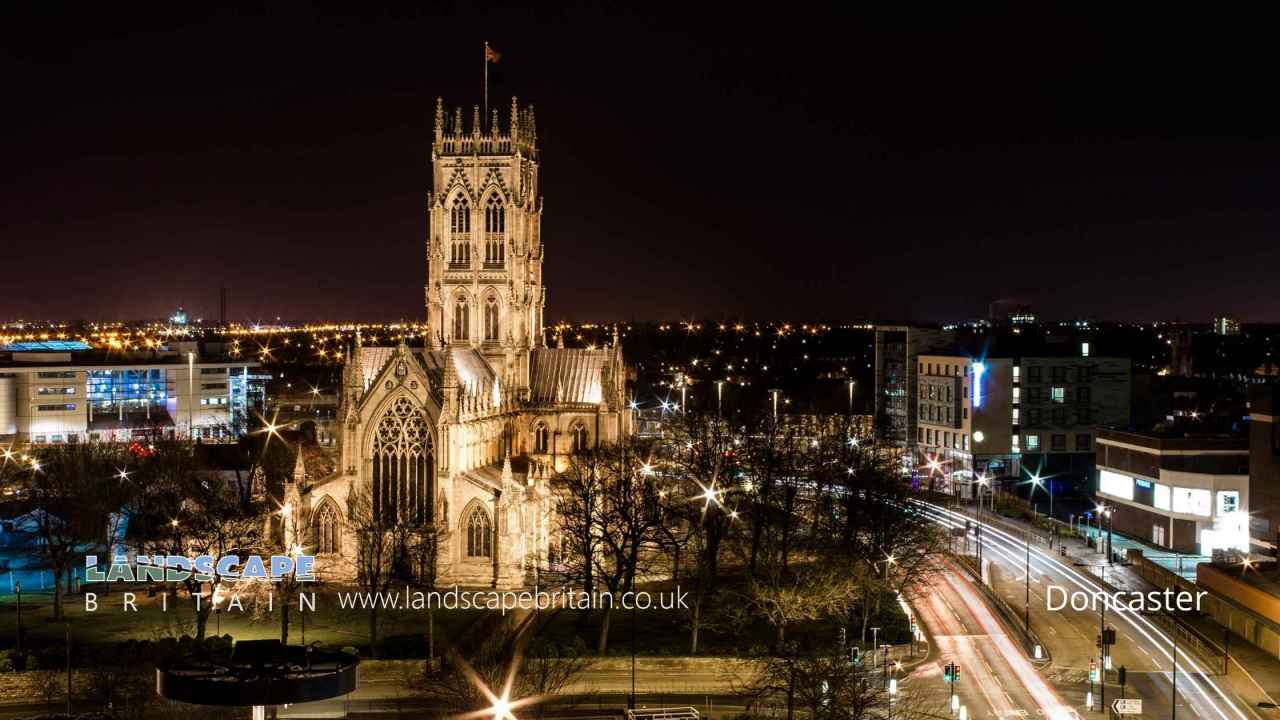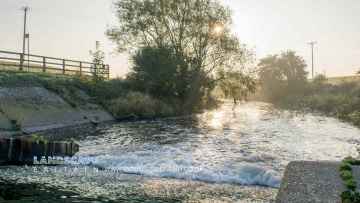Doncaster is a City in the county of South Yorkshire.
Doncaster is a great place to visit, with plenty of things to see and do. The town centre is full of historic buildings and places of interest, while the surrounding countryside is perfect for walks and hikes.
If you’re looking for something a bit more energetic, Doncaster also has a thriving nightlife, with plenty of pubs, clubs and restaurants to choose from. So whatever your interests, you’re sure to find something to keep you entertained in Doncaster.
Doncaster postcode: DN1 3
There are great places to visit near Doncaster including some great towns, cities, shopping centres and airports.
There are a number of towns near to Doncaster including Wath-upon-Dearne.
Sheffield, and Doncaster are some of Doncaster best cities to visit near Doncaster.
Meadowhall, and Frenchgate Centre are great places to visit near Doncaster if you like shopping centres.
There are a several good airports in the area around Doncaster like Doncaster Sheffield Airport.
Doncaster History
There are some historic monuments around Doncaster:
Areas of Doncaster
Like most towns and cities Doncaster is comprised of a number of areas, once separate villages or small towns and parishes now part of Doncaster.
Many of the areas of Doncaster have their own character and places of interest.
Places to see near Doncaster
History of Doncaster
Several areas of known intense archaeological interest have been identified in the town, although many in particular St Sepulchre Gate remain hidden under buildings. The Roman fort is believed to have been located on the site that is now covered by St George’s Minster, next to the River Don. The Doncaster garrison units are named in the Register produced near the end of Roman rule in Britain: it was the home of the Crispinian Horse, presumably named because it was originally recruited from among the tribes living near Crispiana in Pannonia Superior (near present-day Zirc in western Hungary), but possibly owing to Crispus, son of Constantine the Great, being headquartered there while his father was based in nearby York. The Register names the unit as under the command of the “Duke of the Britons”.









